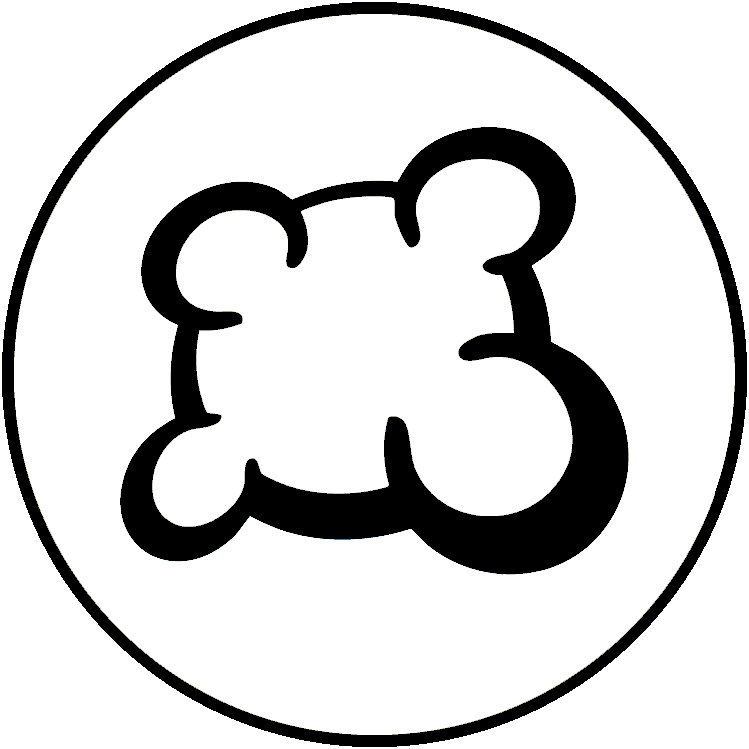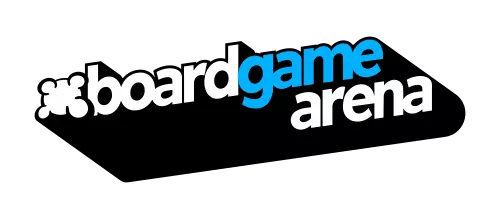Post changes in the Hanabi forum before editing
Convention: Agreed set of clue, play and discard interpretations.
- e.g. a number clue that marks the chop card should be interpreted as a unique card save (if there is a unique card of that number).
As there is a wide variety of conventions, including variations of the most common "Finesse" convention, any edits to the help and tips pages need to be discussed in the Hanabi forum to reach a consensus. --Sammy McSam (talk)
Keep convention definitions simple
I don't see the reason to push here a set of conventions that very few players use. Of course the discussion of which conventions are ``best is interesting, but it's definitely misleading if it appears in a wiki targeted to novices.
To the best of my knowledge, very few people use this wiki in any case, but I think we are doing them a disservice if we give them a set of conventions that will not help them while playing, and will create misunderstandings when, for example, people play cards just because they've been skipped while the intent is almost always to either let them play or induce them to discard because they have a trash/duplicate card in chop. Bobtables (talk)
Conventions list update
Updating the wiki with the new Conventions list? Summary of proposed changes:
Conventions
- Merge "Standard" (which was never properly defined) into the "Finesse" section.
- Move "Save clue" above "Play clue" since it has higher priority in clue interpretation.
- Met players recently who don't seem to understand that save has priority over play.
- Add a new save clue example.
- Remove avalanche fix clue (extraction) example and group the simpler example with the other examples.
- Move Long finesse & Layered finesse examples from Tips page to Help page.
- Definitions: it occurred to me that the concept of "bluff seat" is actually very unhelpful when learning about how bluffs work, and in fact H-Group created the concept because they do not allow distant bluffs at all. On BGA it is possible to bluff a player that is not next to them.
- I suggest either adding a note that it is an H-Group concept or removing it completely.
Options
- Update conventions list with definitions.
- Move other conventions into a new "Other conventions" section.
- Remove "Chop-focus" 'convention' which was never really a convention.
- The new H-Group option is likely what players meant by chop-focus (I'm making an assumption here)?
Cheating
- Rename "Cheating" section to "Chat".
- There is minimal incentive to cheat at Hanabi now that ELO is hidden.
- Explain how chat can influence players moves.
ELO rating
- Move to the end since ELO is mostly hidden and therefore rather inconsequential.
- Collapse all examples in wiki page view for a better overview
--Sammy McSam (talk)
BGA Basic Conventions and Finesse Convention
[Finesse is too complicated for beginning players. If "Standard" was poorly defined, eliminating it was not the answer.]
- Basic Definitions
Bomb: A play that causes a misfire.
Chop: The oldest, unmarked card in a hand.
Convention: Agreed set of clue, play and discard interpretations. e.g. a number clue that marks the chop card should be interpreted as a unique card save (if there is a unique card of that number).
Draw: The newest card in a hand.
Marked: A card matched by a clue.
Focus: The target card of a clue.
Play clue: Clue that marks a focused card to play.
Playable: A card that can be marked by a play clue.
Save: A (number) clue that marks a chop card to prevent discard.
Strategy: Plan to achieve the highest score. e.g. to mark first copies of cards.
Trash: A card that can never be played successfully.
Unique: The last remaining card of its rank and colour (that can be played successfully at some point).
- BGA Basic Conventions
Players assume: Every marked card will be playable at some point. The oldest, unmarked (chop) card is safe to discard. Cards known to be trash are discarded in priority e.g. cards marked blue when the blue stack is completed.
Save clue: A (number) clue that marks a (unique) chop card¹. [For beginners, make up your mind - Only number clues? Only unique chop cards?] Focus is the chop card.
¹Two Player Game: In a two-player game, if the two oldest cards have already been marked, marking the current chop card is a Play clue, not a save clue. However, if the clue also marks a younger card, the younger card is the focus.
Play clue: A clue that does not mark a (unique) chop card¹. Focus is the newest card.
Priority for choosing which play clue to make: A play clue that leads to plays in other hands. A play clue for a Lower rank card.
Fix clue: A follow-up clue on the same hand as an initial play clue. Required to change the focus (and prevent a misfire).
Examples of Bad clues: Tell a lie e.g. a clue that marks red2 as playable without the required red1. Mark unknown trash or duplicate cards e.g. mark 4s in another hand when your hand could have a copy of that 4.
Marked card discard: If a non-trash marked card is discarded it means: A copy of that card is already marked in someone else's hand (sarcastic discard); or A copy of that card must be marked in a future save clue (use with caution); or An unmarked copy of that card is playable (gentleman's discard)
Examples: [I don't know haw to copy the appropriate examples. Here should go the following examples: Save Clue; Play Clue; Fix Clue.]
- Finesse Convention
When playing the finesse convention, all of the BGA Basic Conventions still apply, with modifications as stated below. In Hanabi a finesse is a clue given to one player, not necessarily the player to the clue-giver's left, which requires a third player to notice what is happening and play a particular card. [Here should go the following examples: Prompt; Finesse; Reversed Finesse; Bluff; Long Finesse.]

